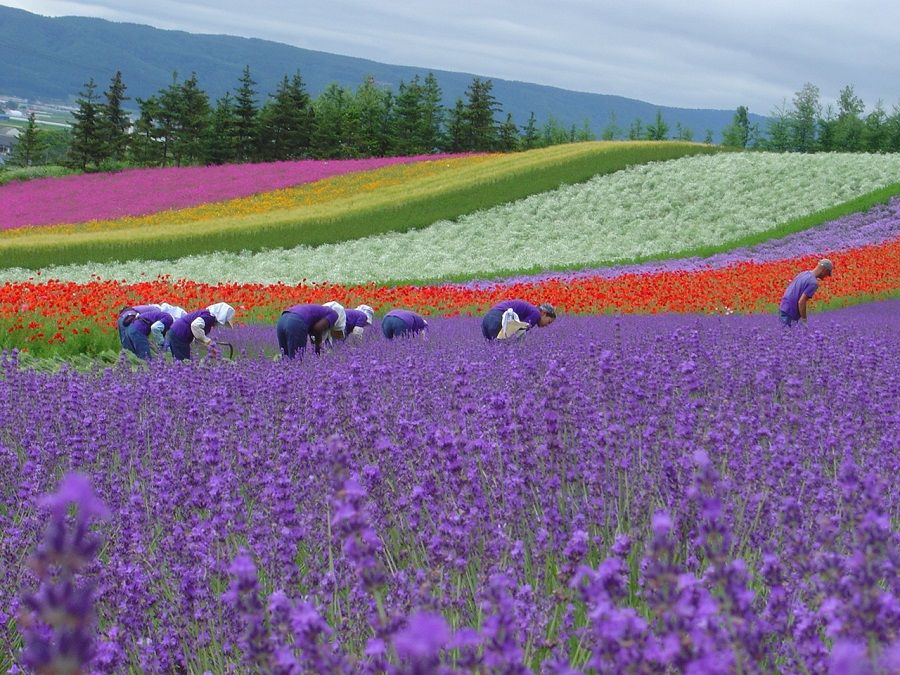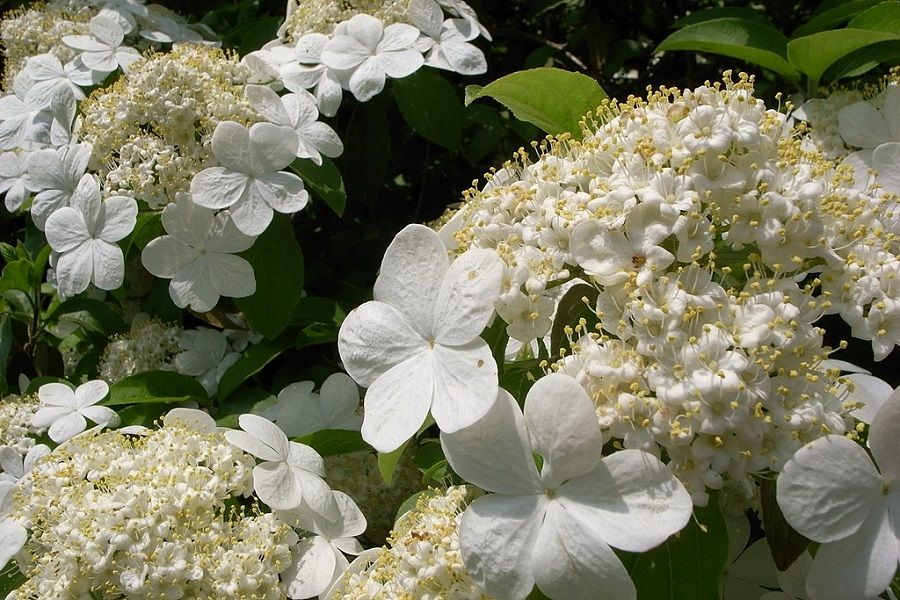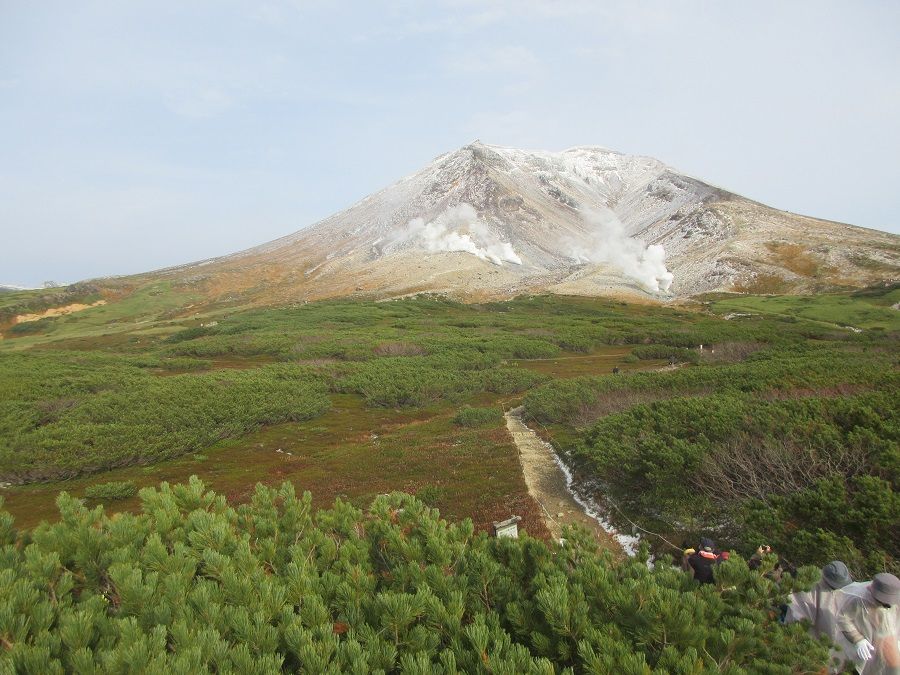As pure as the driven snow, in a virtual and surreal world

Because of the "pretend to go abroad" trend that's hot right now, I went through the photo albums on my phone, trying to recollect the things that I have done during the many overseas trips that I have taken in the past.
Actually, this cannot be counted as pretending to go abroad because I did go overseas. It's just that my itinerary was packed at times and I was so busy that I didn't have the opportunity to stop and admire the people and things in those places. But even if I did travel, I seem to have no memories of those journeys whatsoever - I have no recollection of many of the photos. It seems as if real and fake travel are the same - both are quite meaningless.
I know that one's connection with something - whether people or scenery - is sometimes deep and sometimes shallow; sometimes long, and other times short.

Because I was in such a rush, I could only take cursory glances at the scenes around me, and there wasn't much difference between the real and the fake. Thanks to the pandemic though, I can stay at home in peace and spend my time digging up each and every image from my many years of travelling. Some I have a deep impression of. Others are just a blur.
Yet, even if some memories are deeper than others, it doesn't mean that I was more attentive during a certain trip or less so on another one. I know that one's connection with something - whether people or scenery - is sometimes deep and sometimes shallow; sometimes long, and other times short. An encounter may be brief but leave a deep impression and often pop up in your mind. Or what you see everyday can become just a blur and something you remember nothing of.
Because it was so clean, pristine and as pure as the driven snow, and because it bloomed apart from other flowers in a corner, when we encountered each other, it felt like a long-awaited reunion.

But I have a deep impression of the clean and pure Chinese snowball flower. I saw it on 3 July 2017 at the Asahikawa Park in Japan's Hokkaido. Flowers were blooming everywhere in the park and I couldn't distinguish one from the other. Because I was greedy and wanted to take in as much as I could, everything became a blur.
But as I sat down to take a break, I decided to stop looking at anything. Right beside me was this lone Chinese snowball flower blooming in a corner, on its own. Because it was so clean, pristine and as pure as the driven snow, and because it bloomed apart from other flowers in a corner, when we encountered each other, it felt like a long-awaited reunion.

In the information age, technology has helped bolster fraud and forgery. Master's theses and doctoral dissertations, for one, can be forged. I once clicked on a video from a mainland Chinese platform and was shocked to find a pirated and fake version of a speech I gave: it was pieced together from left, right, and centre to the point where I couldn't even recognise it myself. How are people to discern the genuine from the fake? A copyright lawyer went to the relevant authorities to ask for more information and was told that they processed 2,000 of such cases everyday.
Not knowing to laugh or cry, I was reminded of a verse in the Diamond Sutra: "They who saw me by form, and they who heard me by sound, they engaged in false endeavours, will not see me."* In an era where the real can't be told apart from the fake, names like "Hokkaido" and "Asahikawa" all seem virtual and surreal - sightseeing has robbed these place names of any specific meaning.
In times like these, a pure Chinese snowball flower tucked away in my memory seems all the more precious.
*translated by Max Müller from Sanskrit to English at vincentpoon.com
